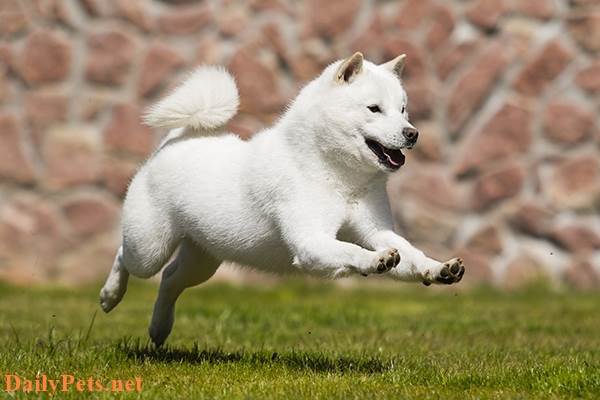He is well-known throughout the world for his brilliant brain and noble nature. He’s a huge, agile, muscular dog frequently regarded as Dogdom’s best all-around working dog.
The German Shepherd is one of the few breeds with the term “dog” in its official name. So people could tell if you were talking about a human German shepherd tending to the livestock or the dog assisting him.

German Shepherd
The original German name for the breed is Deutscher Schäferhund, which means “German Shepherd Dog.” Max von Stephanitz, a former German cavalry captain, is known as the “Father of the German Sheppard Dog Breed.”
After spotting a “medium-sized yellow-and-gray wolf-like dog” that piqued his interest, he began standardizing a shepherd dog breed in 1889. Stephanitz began emphasizing new features as Germany got more industrialized while being designed to be a sheep-herding dog. Von Stephanitz used his military ties to persuade the German government to employ the breed for police and military purposes.
The German Sheppard Dog is the second most popular dog breed in the United States. This is most likely owing to his wide range of interests. He plays various roles, including family, guard, performance, police, military, and service dog. There isn’t anything this incredible dog can’t accomplish.
When AKC judges scored over 100 breeds on intellect, the German shepherd dog, synonymous with intelligence, came in third. He’s a breeze to train and can pick up on simple commands in as few as five repetitions.
Few dog breeds aren’t described as “intelligent” by their lovers, but in the German Shepherd Dog’s case, that’s an understatement. The German Shepherd is a smart, active dog who thrives with a smart owner who can provide him with enough one-on-one attention, exercise, and training.
Despite his intellect and capacity to learn, he is also strong-willed, making him an unsuitable prospect for inexperienced or timid dog owners.
The breed’s popularity in the United States grew due to the First Global Conflict. Many American veterans returned home with dogs after seeing what the breed could do. Although German Shepherds arrived in the United States before World War II, the breed did not become popular until after the war.
The AKC dropped the word “German” from the breed’s name in 1917. It stayed that way until 1930 when club members voted to change it again. After the German-French border region of Alsace-Lorraine, he was called the Alsatian Wolf Dog in England.
“America’s First Rescue Dog,” according to famous Hollywood dog Rin-Tin-Tin. In 2011, he received the American Humane Association’s first Legacy Award. He also has a Hollywood Walk of Fame star.
Rin Tin Tin was a five-day-old puppy rescued from a bomb-infested kennel in France by a Los Angeles-based American corporal. The corporal brought the puppy home, trained him, and made him one of Hollywood’s most well-known four-legged stars.
Rin Tin Tin starred in 26 films and was instrumental in popularizing the breed in the United States.
There was Strongheart before Rin-Tin-Tin reached the big screen. He was one of the first canine celebrities. He has a Walk of Fame star and has appeared in six films. The movie starring Strongheart contributed significantly to the popularity of the German Shepherd breed. Strongheart and his mate, Lady Jule, produced a large family that continues today.
Mrs. Dorothy Harrison Eustis established “The Seeing Eye” in 1929 to train German Sheppard dogs as guide dogs for the blind.
The Seeing Eye began in Europe in the 1920s, when Eustis relocated from the United States to Vevey, Switzerland, to establish a breeding and training facility for German shepherds.
Eustis raised and trained police canines to be smart, robust, and obedient. Jack Humphrey, an American trainer, and geneticist, aided her. He and Eustis pioneered their scientific method of dog breeding and training, paving the way for all types of service dogs.
The breeding of German Shepherds in the United States was not well regulated. The dogs were developed in the United States to win dog shows, and breeders emphasized their appearance and movement more than their abilities.
Because native German Shepherds failed performance tests and were afflicted by genetic health issues, police departments and the military in the United States began importing German Shepherd working dogs.
Some American breeders have begun to focus more on the breed’s talents than its appearance in recent decades, bringing working dogs from Germany to add to their breeding operations. American-bred German Shepherds that live up to the breed’s reputation as capable working dogs are now available.





